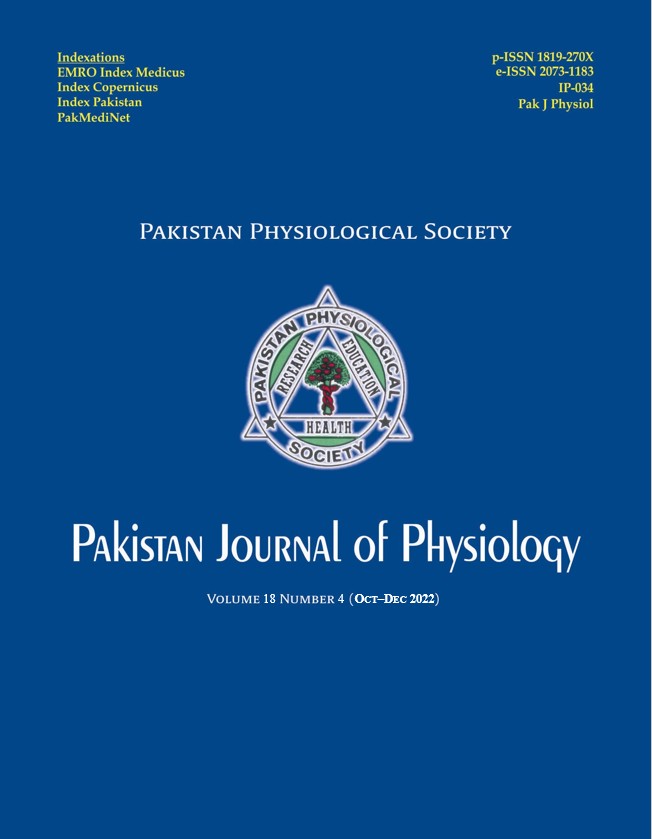TREATMENT IN PSORIATIC ARTHRITIS: CHOICE AND DETERMINANTS OF RESPONSE
DOI:
https://doi.org/10.69656/pjp.v18i4.1441Keywords:
Psoriasis, arthritis, inflammation, rheumatoid, biologicalsAbstract
Psoriatic arthritis (PsA) is the second most common inflammatory arthropathy after rheumatoid arthritis in early arthritis clinics. PsA presents as a symmetrical polyarthritis, like rheumatoid arthritis or an asymmetrical oligo-arthritis, with a predilection for the distal interphalangeal joints. Spinal involvement is like ankylosing spondylitis. Joint damage occurs early in up to 50% of PsA patients and has an 11% annual erosion rate in the first 2 years of the disease. There have been significant advances in understanding of PsA pathogenesis in recent years in the areas of genetics and molecular biology implicating both innate and adaptive immune systems. This has led to the introduction of evidence-based targeted therapy, primarily with tumour necrosis factor inhibitor (TNFi) agents. Therapy with disease-modifying anti-rheumatic drugs, such as methotrexate and leflunomide, remains the first-choice therapeutic intervention, even though there are few randomized controlled trials with these agents. In contrast, several successful studies of TNFi agents demonstrate excellent efficacy, in combination with methotrexate, and several novel agents are currently in development for the treatment of PsA. Before the introduction of targeted biologic medications, such as TNF inhibitors, the capacity to control disease activity was limited, with only modest effects noted in most patients with traditional oral medications such as methotrexate and sulfasalazine.
Pak J Physiol 2022;18(4):31–4
Downloads
Downloads
Published
How to Cite
Issue
Section
License
The author(s) retain the copyrights and allow their publication in Pakistan Journal of Physiology, Pak J Physiol, PJP to be FREE for research and academic purposes. It can be downloaded and stored, printed, presented, projected, cited and quoted with full reference of, and acknowledgement to the author(s) and the PJP. The contents are published with an international CC-BY-ND-4.0 License.











